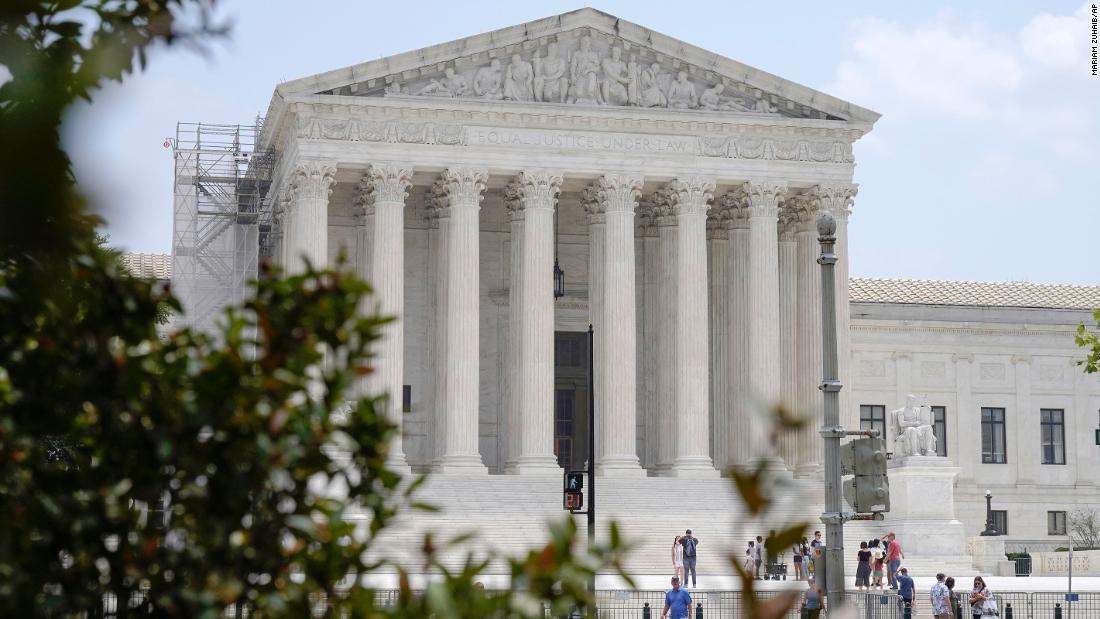
Millions of Americans have student loan debt, amassing to more than $1.6 trillion by the end of last year, according to the Federal Reserve Bank of New York.
The Federal Reserve data shows people under the age of 30 are more likely to have student loan debt compared with older adults — underscoring the crippling burden on another generation of Americans.
But the impact is multigenerational. Nearly a quarter of the outstanding student loan debt is owed by Americans who are 50 and older.
Student debt has not always been a crisis. The modern federal education borrowing system came from a series of legislative moves aimed at helping more people have access to college — but it came with some unintended consequences.
Here are some of the key moments:
1958: The first federal initiative
The National Student Loan program, aimed at expanding access to higher education, was launched in 1958. Created from the National Defense Education Act, it was the first federal student loan initiative for those studying certain subjects to improve science, mathematics and engineering skills during the Cold War.
1965: The Higher Education Act
The Higher Education Act of 1965 opened the possibility of college to even more people, regardless of area of study — but it also created a new type of relationship between the federal government, banks and college campuses through the Guaranteed Student Loan program.
It solved for the government the challenge of how to get lenders involved with such a risky financial investment: The loan did not come from the federal government, but instead, the government assured repayment to bankers willing to give loans, Shermer said.
1970: Sallie Mae and a boom in borrowing and private loans
The Student Loan Marketing Association, known as Sallie Mae, was created through the reauthorization of the Higher Education Act in 1972. Sallie Mae offered private student loans along with other financial products.
The availability of financial aid products to both for-profit and nonprofit companies allowed for the rise of private student loans, she said.
That coupled with the rising cost of tuition in the 1970s meant that students needed more money to continue their education. Since there was a limit to how much students could borrow in federal loans, private loans were needed as a supplement.
Another reason why private loans became more critical was pressure in Washington for Congress to cut taxes and cut spending, she said.
Keep reading here.

